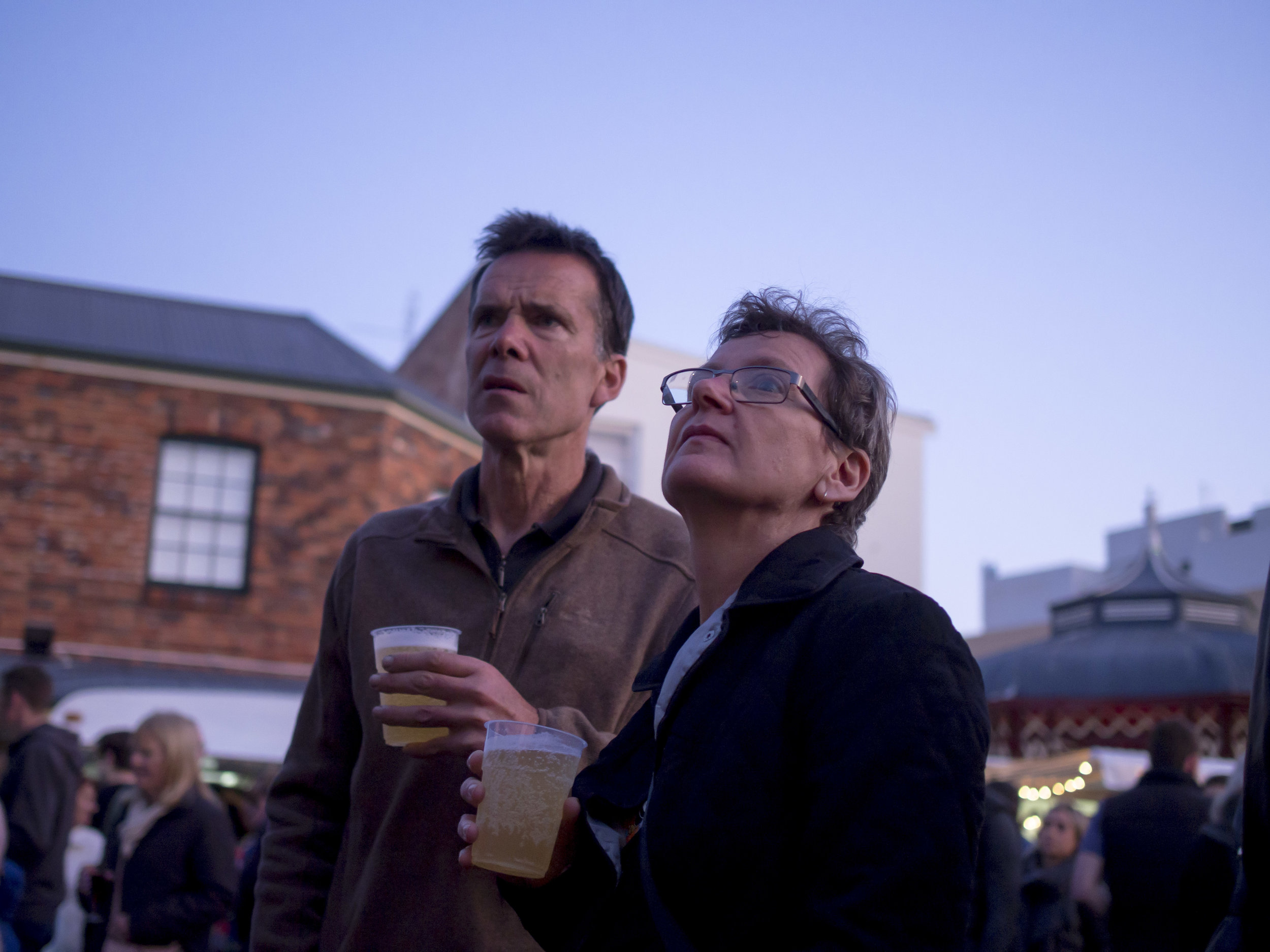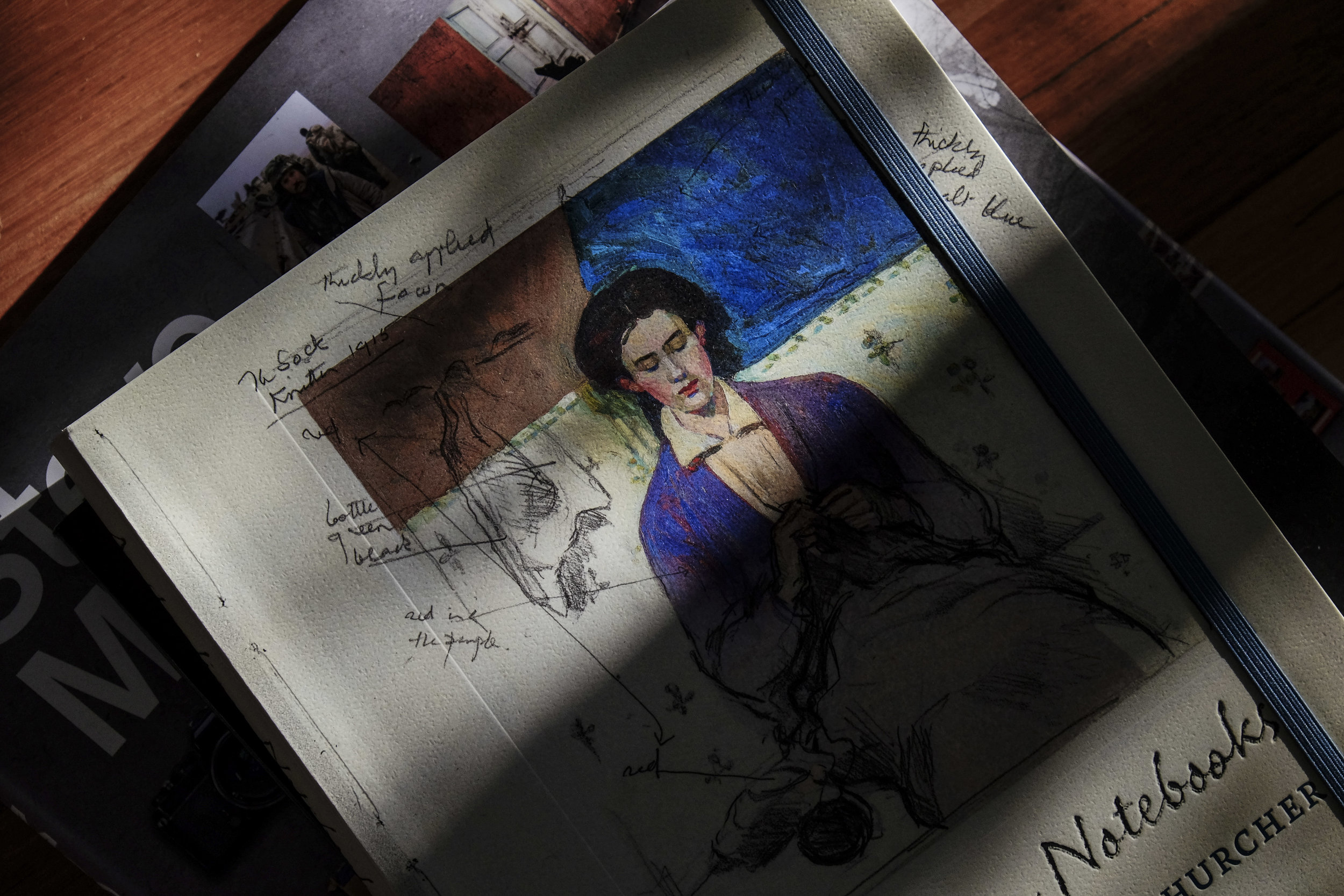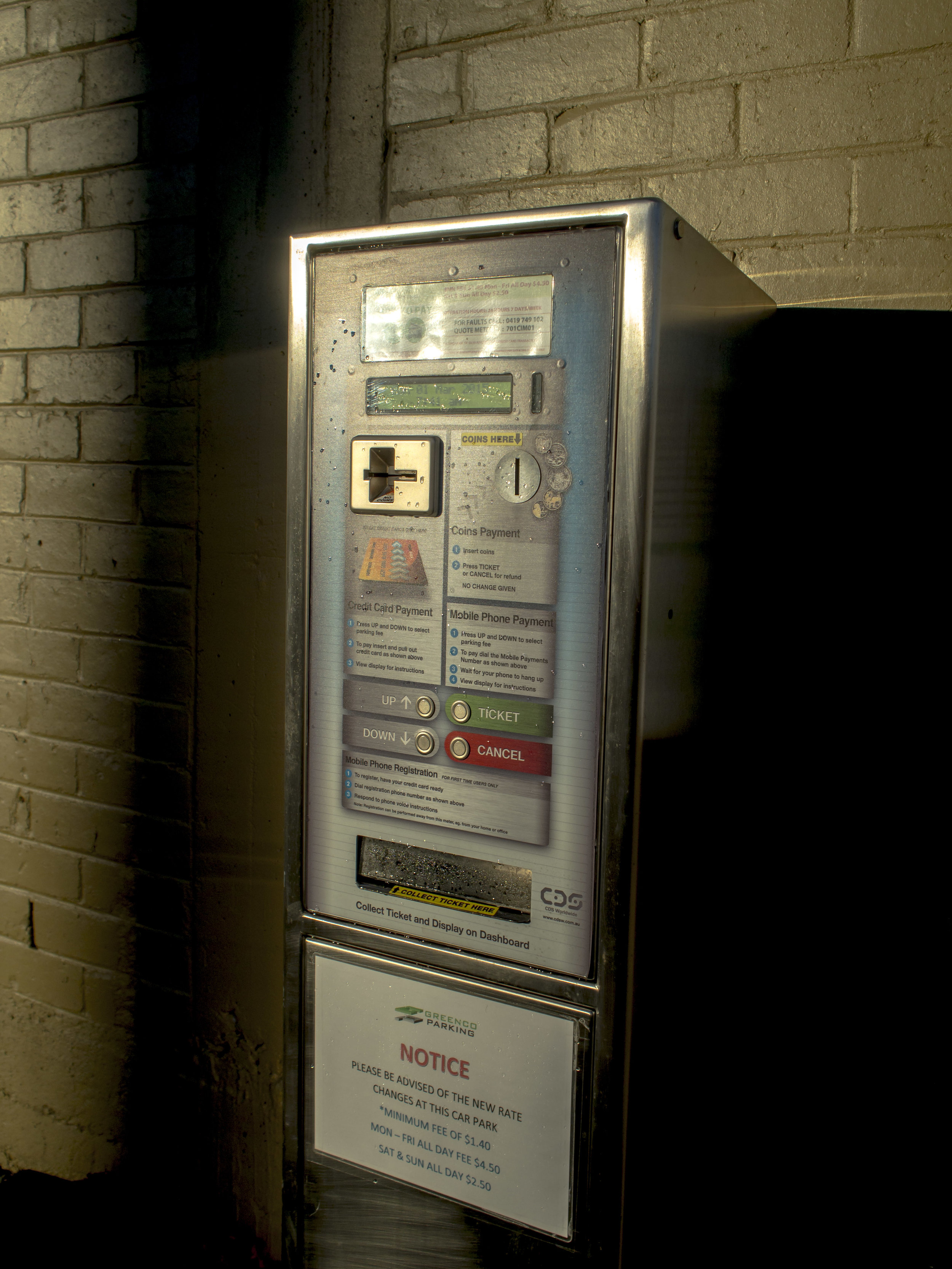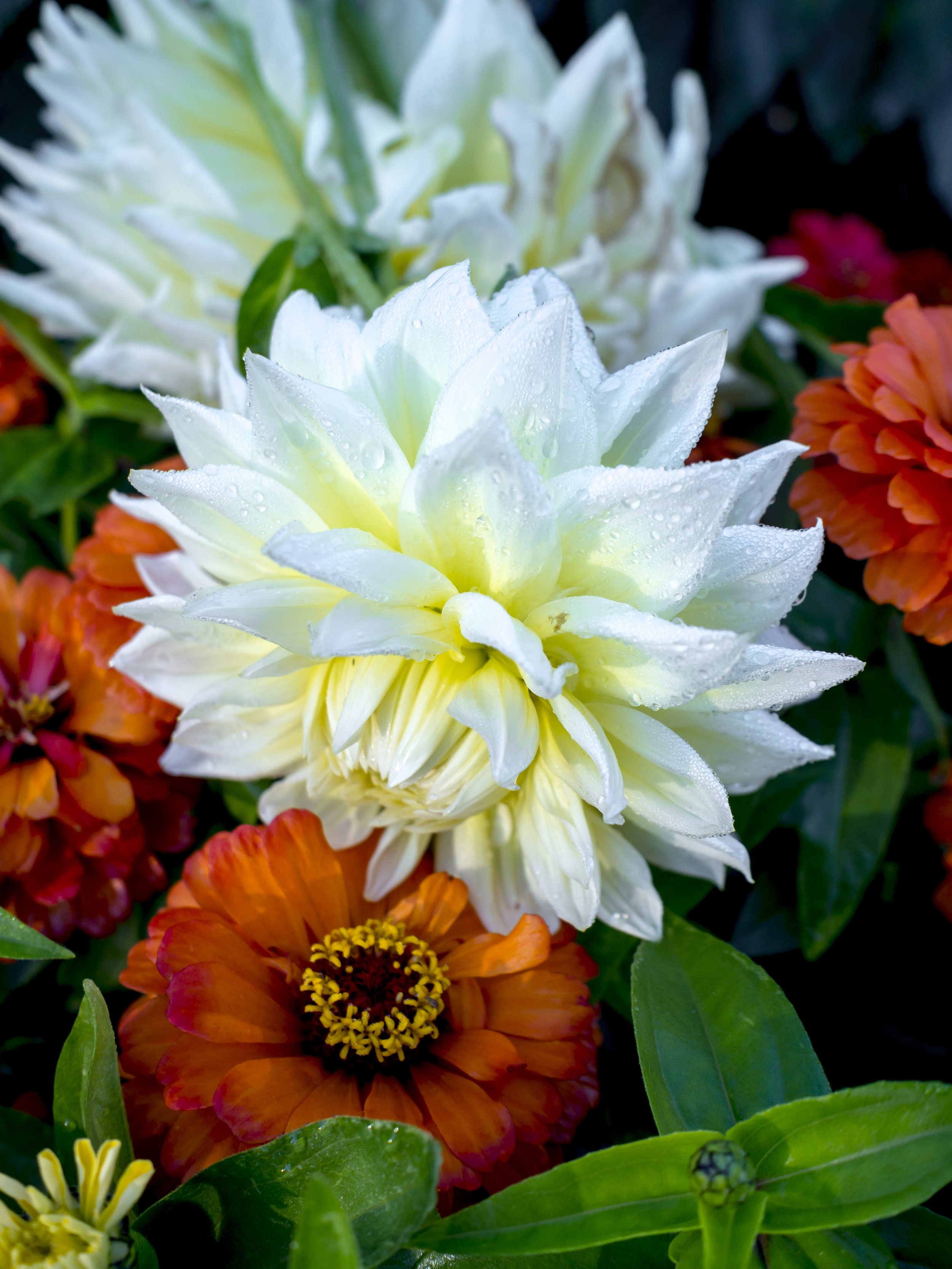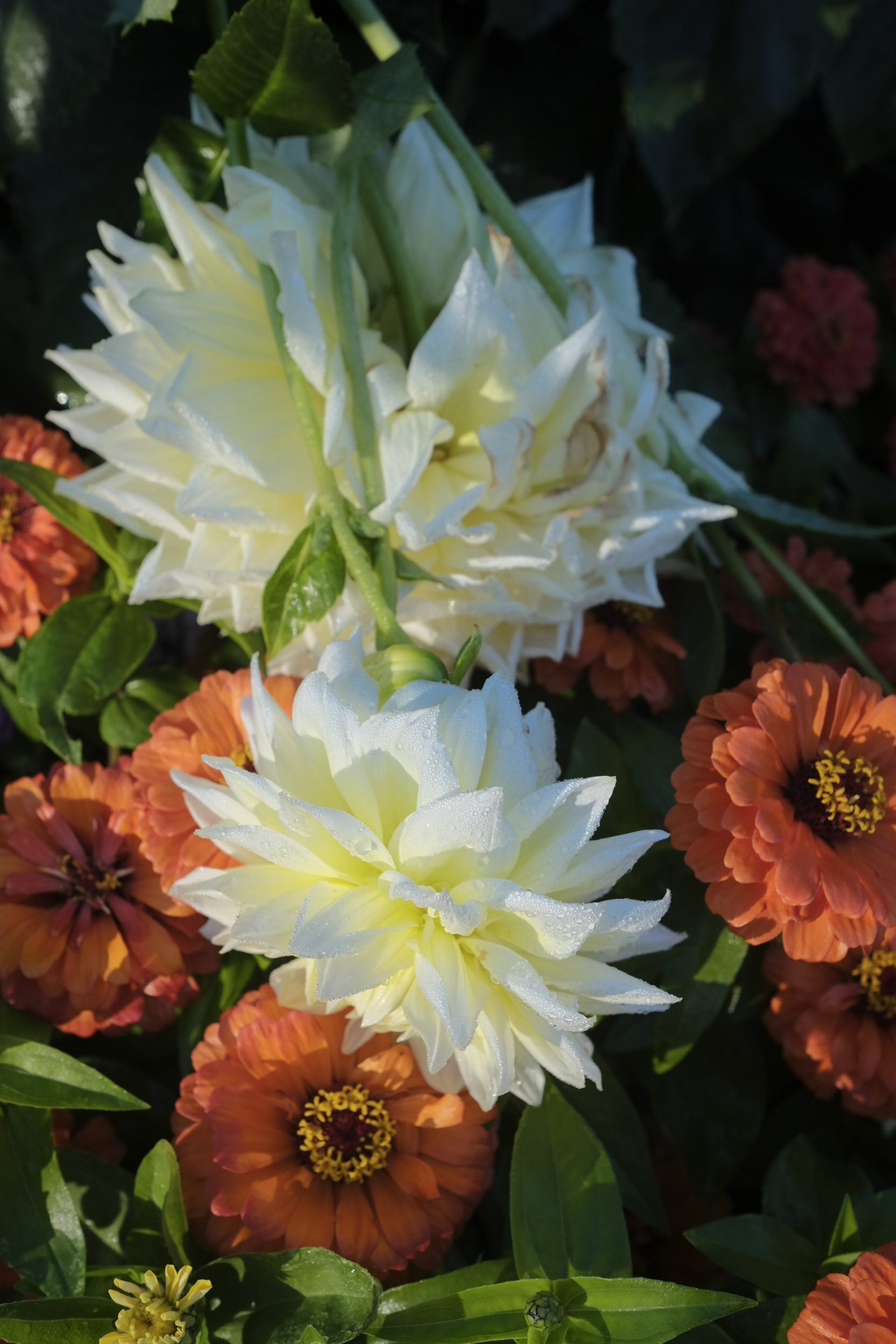As you are probably aware from previous posts, I have made a commitment to M43 and specifically Olympus for my photographic gear. Working in a camera shop for almost 10 years allowed me to try out pretty much anything I wanted to and this freedom resulted in some choices I would not have expected at the beginning of the journey.
A through and through "Canon man", my money (a lot of it) chased the Canon bandwagon for 25 years, from manual focus film to full frame digital pretty much without a break. I felt a bit like I was trapped on a hamster wheel. New camera, slight improvement, but same ol' same ol'. Even jumping from crop frame to full frame (twice!) only showed benefits in ISO and dynamic range performance to relatively small degree and only in comparison to each other. Indeed one of my favourite periods was the "good lenses and cheap cameras" period, where I realised the cameras were not making that much difference, but the benefit of prime lenses was substantial (except for the day I carried it all out to do landscapes and quickly regained a strong desire to get a couple of zooms for tripod work). Change was in the wind.
Part of this new direction was due to weight, part boredom and part excitement at their being things better and new ideas out there. A couple of fast prime lenses and a pro camera or two was simply more than I was willing to carry when travelling. A 450D and 35L had good balance and reasonable weight and a second body with a 135L gave me my second option, but it was still big and heavy enough to be cursed by me, with aching shoulders on many an occasion.
When Olympus came along with the OMD EM5 mark 1, I was well versed in the benefits of size, weight, lens quality and speed, having had a Pen EPL3 for a while as a snap shot camera and being a champion of the Olympus DSLR system. At first I went with a part Canon and part Olympus set up. Not practical, but the Canon safety net was hard to part with. After a while (as many others have said happened to them), I noticed that the SLR was being left at home more and more. The images out of the Olympus were more often than not better, easier to get and painless to process.
Going all Olympus was not this straight forward though. The job in a camera shop is a double edged sword. Sure you can try before you buy, get the inside skinny and soak in the feel and presence of the cameras, but it is easy to be tempted, especially armed with too much information. At one point my kit comprised of Olympus/Panasonic, Fuji, Sony and Canon. Why? Because at that point there was no perfect answer.
Fuji offered beautiful JPEGS, Sony had an unsharp lushness from a huge pixel count crop frame sensor (especially in mono) and the Canon provided the sports AF kit. My loyalty was still with the responsive M43 system, but there was a lack of lenses and/or confidence in the future direction of all of these brands for one reason or another.
Leaving the shop, I wanted to be lean and mean. There was no Canon or Sony at this point, but Fuji was still around, confusing things a bit. It went leaving me with an all Olympus kit. Things got a lot simpler then.
These are the things that lead to that decision;
Size and weight (and price). It is possible to carry a 2 camera 4 prime lens kit in a small (non photographic) satchel. Not even Olympus's own mini SLR's could pull that off. To replace the Canon 135 f2L I bought the Olympus 75 f1.8. One of the few lenses possibly sharper than that Canon, it is half the size, 50% cheaper, faster by a stop and slightly longer due to the crop factor. The 5d can produce a slightly bigger file with less noise at high ISO (and good sharpness with a premium lens), but the in body stabiliser, better DOF at the same or a wider aperture (with more accurate focus) and extreme sharpness of all of the Olympus lenses wide open often nullify the need for those high ISO settings and finally I cannot afford a printer that out resolves my OMD much less a full frame Canon.
Lenses. This was what got my attention from the beginning. All the lenses are good. Even the kit and early maligned 17mm are good. Often reviewers will be able to find fault with almost any lens, but when the rubber meets the road, all M43 lenses are good enough to do publishable work, although some are clearly better. Part of this comes from the very sharp sensors, some from the sensor size allowing easier lens design, but either way, it was pretty obvious from early on that they produce clarity and detail we were not used to seeing. Steve Huff compared an early Panasonic 12mp camera with the 20mm Pana lens to a Nikon D700 full frame and a 50mm prime with truly surprising results. The lens resolution figures for M43 lenses are often higher than the numbers on other brands with the same pixel count (see Lenstip and Photozone) and early adapters such as Ctein, who will suffer no limitations in their art, have proven through their own printing, that these guys give you the goods.
Taken with the kit lens at 42mm wide open.
The Files. This will be a bit contentious, but in Lightroom, with a standard work flow, the files show more resilience than any Canon crop frame file and often better than 6D/5D mk2-3 files. Noise is rendered as fine black specks, like good film grain and Lightroom NR is very effective (Topaz or Noise Ninja are even better). Sharpness stays even after NR and artefacts like the water colour look are well controlled. I find ISO 3200 usable, but rarely needed and anything lower is fully workable. As I mentioned above though, high ISO's are rarely needed. Highlights hold together better than Canon files (full frame shadows are very good on Canon, but their highlight retention, as of writing were a poor). The Sony sensor armed cameras (pretty much everyone else) have similar performance and most beat out the canons here also. Olympus is using a Sony manufactured sensor, but they have used some minor magic on it, turning some of it's shortcomings into benefits.
The before and after of a file taken, as you can see from the darker one, effectively at night.
Colour. This is a surprising one for me, but the Olympus colour is now my preferred look. Being a Canon user I grew used to their vibrant and contrasty colour palette. Indeed many of my images during this period were crafted the way they were because of the smooth, rich and glowing colour that Canon cameras produce. Fuji gave me a similar feeling of deep, mysterious colour depth, especially the JPEG's. Olympus on the other hand looked flat, too "real" and a bit un inspiring. One of the problems for me as well at that time was that Canon had gone and Fuji was a limited and not fully efficient kit. I persevered with the Olympus files, sometimes loving them and other times feeling I was deluding myself that they gave me the satisfaction the other brands gave me. Two things happened together that broke my fixed perceptions.
A trip to New Zealand allowed me to use the Fuji and Olympus kits into the field at the same time. My initial impression was that the beauty of the Fuji images gave a truer interpretation of the NZ autumn than any other camera brand could and that the Olympus images better suited muted or more industrial situations. When I got home things changed. The Fuji files had the "painterly" effect often talked about in irregular patterns such as tree images and the colours were so (too) strong that most peoples response was that it looked fake. The Olympus images on the other hand sat better with most viewers and I must admit I did not have a good handle on processing them at the time.
Then a second simple test that I put a Fuji, a borrowed Canon FF and my OMD through. The test comprised of taking the same or similar images of a variety of subjects in different light and of different colour palette with the intent of making all of the files match the one I felt was the best to my eye. Even though the Canon or Fuji often had more punch than the Olympus Raw files out of the camera, I was able to match (or if not get very close without forcing any "Hollywood" into the files) with the Olympus. The glow, brilliance and rich, smoothness were all there, but the Olympus engineers had set up the cameras to render a more natural image file first, with plenty of room to fiddle in reserve.
The chosen image above, to match was the Canon which is third. The second (Olympus) and last (Fuji-sorry about the inconsistencies in framing, but I had to redo the file a bit later) were processed to match or better the Canon. The first file is the very natural, but flat looking Olympus RAW without processing. It is actually closest to the original scene, but not the most dynamic. Something I have learned to respect with my Olympus files is that they refuse to let me go into the realms of fantasy with my colour as they go from strong to garish very quickly and each colour should be dealt with individually, not holistically.
There is still plenty of room to be creative, but they fall of the cliff if you go nuts. Whites can look warm and almost tinted on the file, but a little work and they brighten up well. Mono images actually benefit from the above with very film like curves and layers of gentle and smooth highlight detail (like FP4 or Tmax), where the Sony mono files that I really liked were more like Tri X or HP5/Delta, with more mid tone crunch and therefore more contrasty looking shadows and highlights.
This test was followed up by a comparison test between the awesome 23 f1.4 on a Fuji XE-1 and the 17mm Olympus on the OMD. Same idea, walk around and shoot the same things then try to make the Oly images match the brilliant Fuji JPEG's. The Fuji was set by mistake on S JPEG and I did not even notice until I went 100% on screen and they hardly enlarged. This means it is possible to do a perfectly good 11x14" print off a small jpeg file. I tried this with the Oly later and the same was true (and maybe the small files were sharper?)
Olympus (processed) on the left, Fuji (OOC) on the right, again sorry for the framing inconsistencies that, it turns out they were in response to the two cameras' handling characteristics and viewfinder rendering. There are differences in contrast and there is a slight feeling of more delicateness in the Fuji files (ignore the colour differences as the Olympus files can be changed to match perfectly, but I like them as is). One thing I find that increases the deeper, more mysterious and cleaner feel of Canon and Fuji images when compared to Olympus is white balance and tint. In particular they can look more brilliant, but often a slight twitch of the Oly files into blue/green colours, away from their natural magenta/yellow brings out the same look as Canon of Fuji. On processing to my preference, I found the Olympus files gave me what I wanted and were very flexible, even if they did not always match the Fuji colours or their glassier look*. There is no doubt there is a magic in the Fuji files, but (at the time I was using them) camera responsiveness, processing, lens size and handling, cost and weight compared to M43 put me off. Also the files could be a little fickle with the limitations of JPEG shooting and RAW file processing issues.
The other important thing to investigate here is software. Lightroom is a good workflow solution and has some pretty powerful processing tools, but systems like Topaz for NR and Photo Ninja have been shown to bring out even more in these files, pretty much equivalent to a camera upgrade.
What have I learned?
My memory of colours is flawed. Each time I second guessed Olympus and compare their files to other brands, the differences are only minor, easily fixable and often mostly in my head. Other issues often came up in favour of Olympus such as clarity, file flexibility, accuracy of colour and metering.
The Camera is only the start of a complicated workflow leading to the end image. The whole system and many other issues need to be addressed when purchasing a camera before worrying about sensor size and pixels.
One brand is infinitely simpler. It is better to learn to get what you want from one brand rather than only using the obvious and often simplistically stereotyped characteristics of several brands. No brand is perfect, nor incapable of working as needed.
Every benefit or flaw has an opposite. The DOF issues of the smaller sensor are to me actually ideal and much misunderstood or misrepresented. It gives me more choice of usable apertures (f1.8 renders at f2.8), not "desperation" or creative look only apertures (who really takes a persons serious, formal portrait at f1.8/1.4 on a full frame?). Small sensors allows a small camera in a different form, cheaper camera, easier lens design, better stabiliser performance etc. and have little effect on sharpness or realistic enlargement limits these days.
If buying now from scratch, the choice would be harder. Canon has produced a lovely little 40mm (and 24mm for crop) that would have suited me well, making the FF or crop frame SLR much smaller, Fuji has ironed out their camera issues for the most part and also produced some smaller, cheaper f2 lenses and Sony FF is close to a perfect system for some. I am glad that I (1) no longer work in camera shop and (2) I have committed to a system.
*To truly mimic Fuji on Olympus you find yourself using too much noise reduction and sometimes un sharpening! Close inspection of Fuji files finds a lack of true resolution in favour of a smooth and glassy look.


